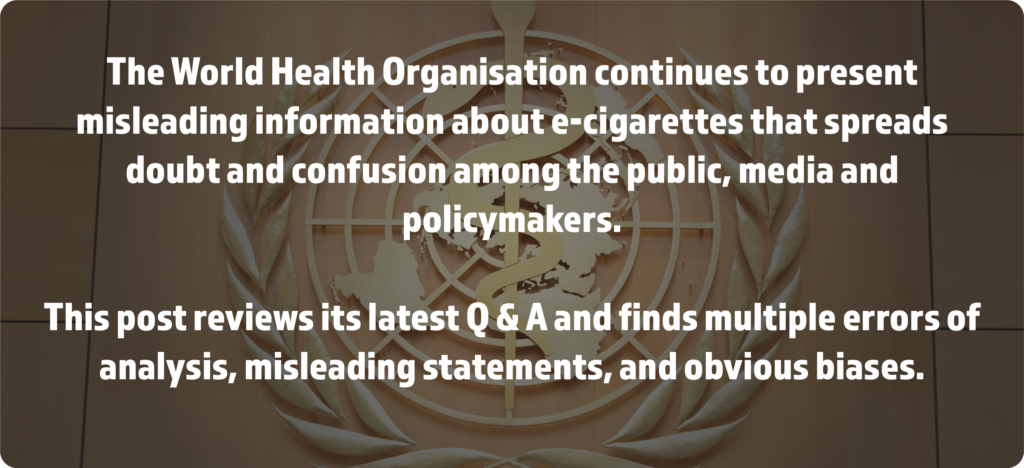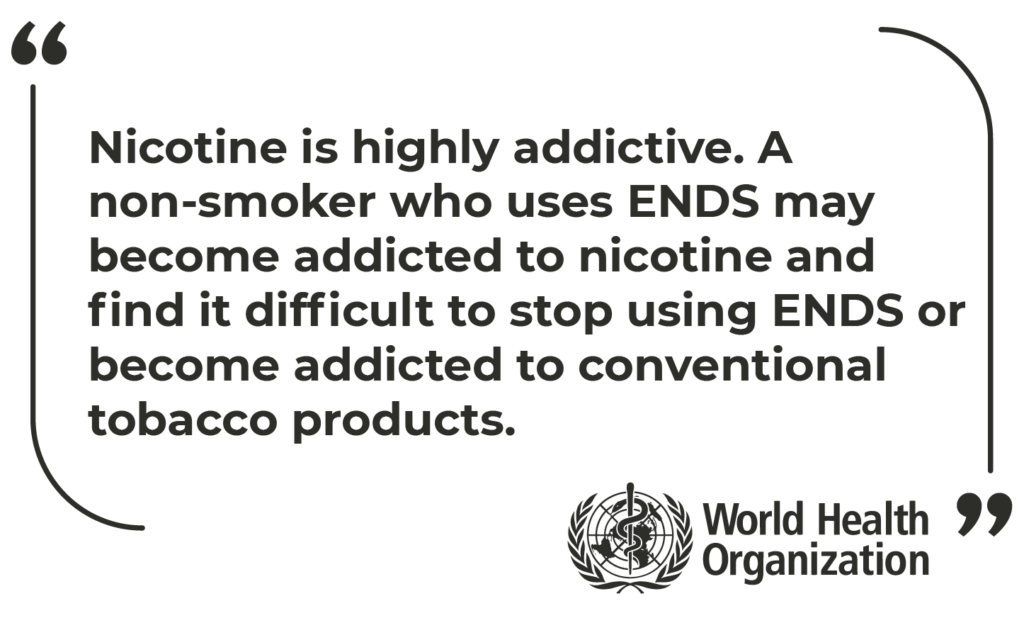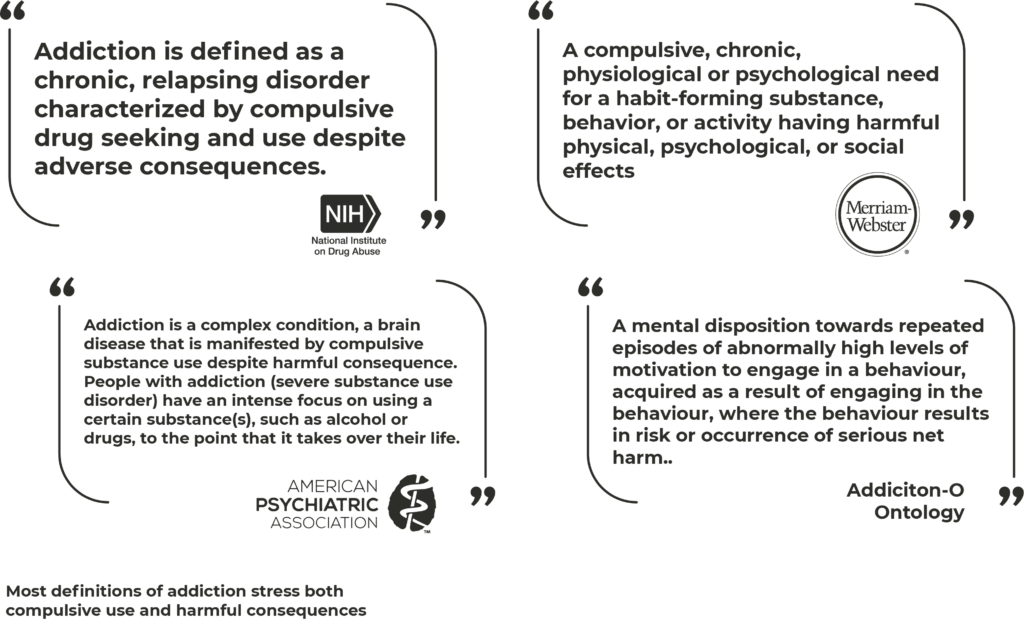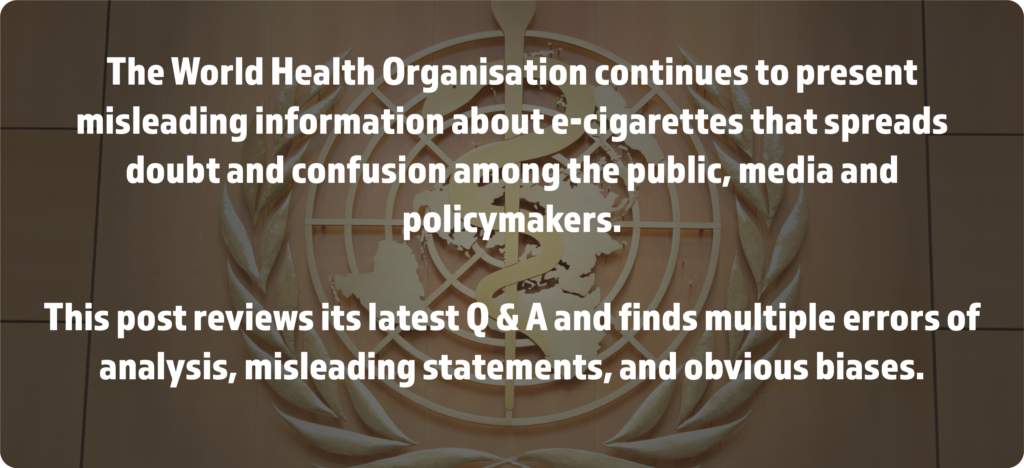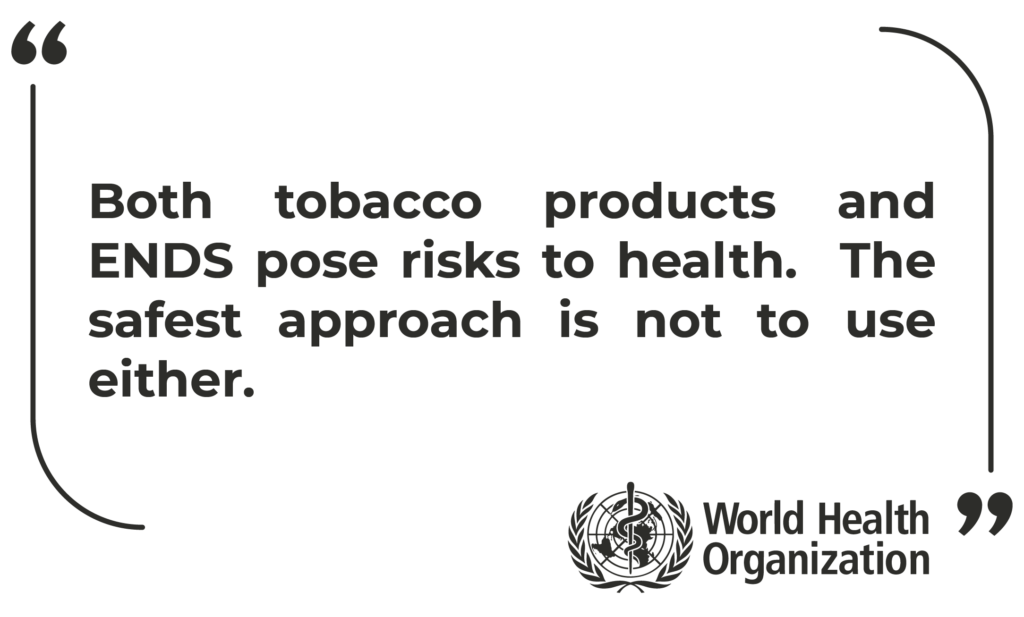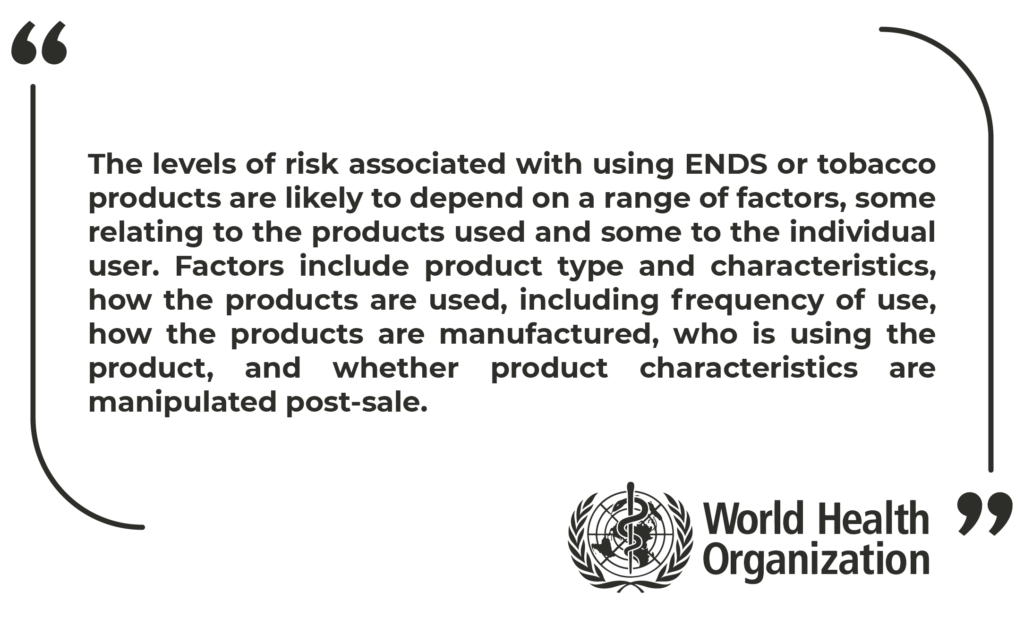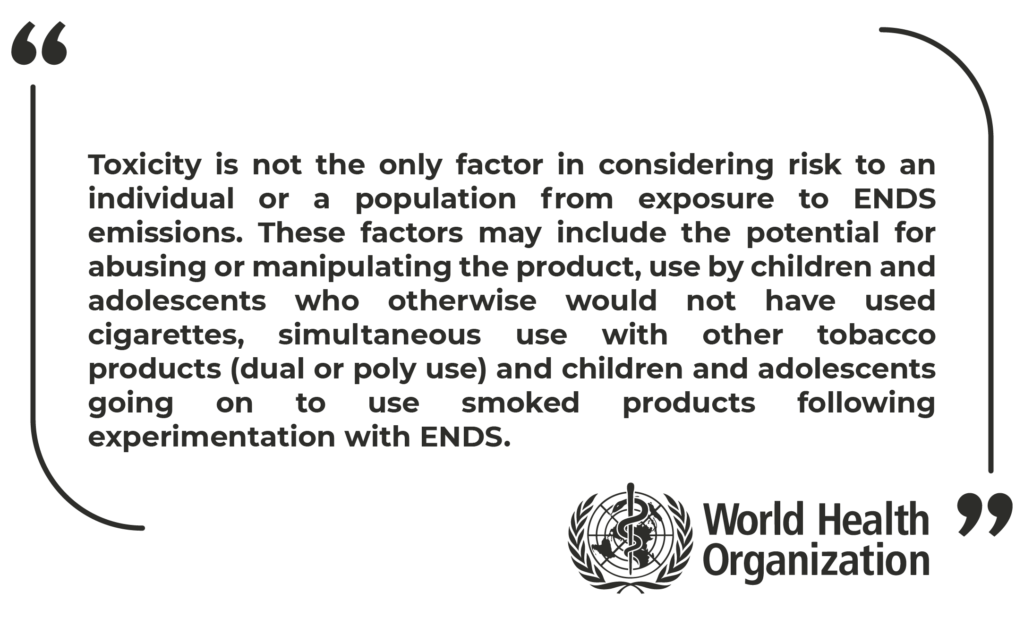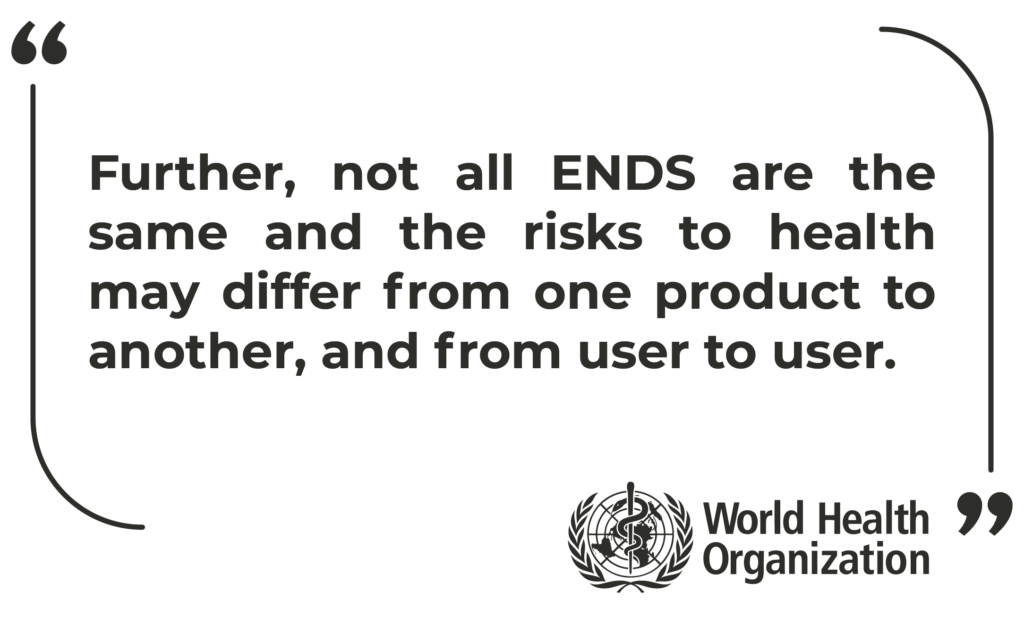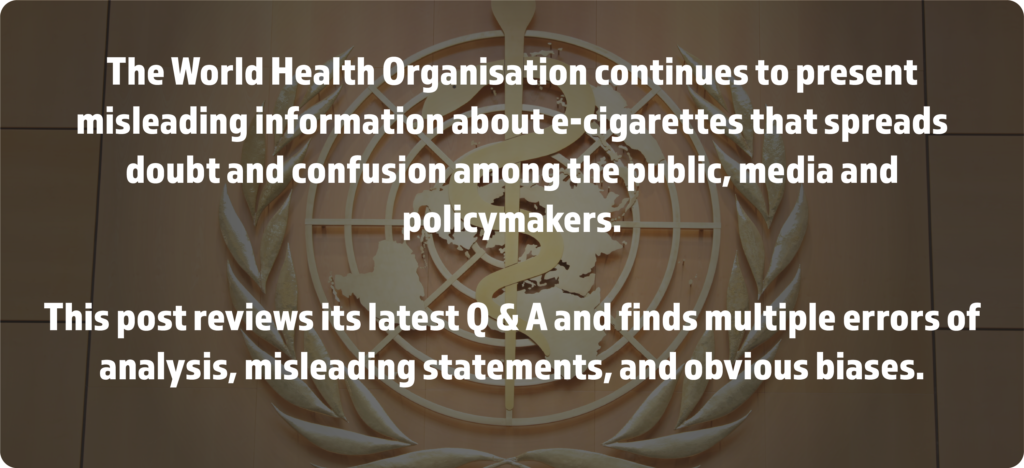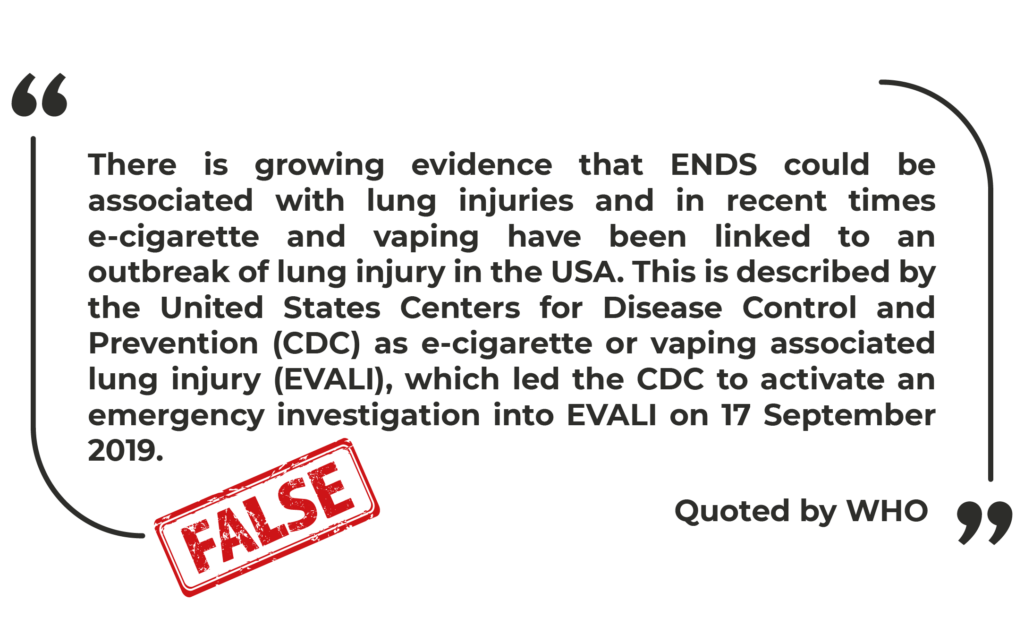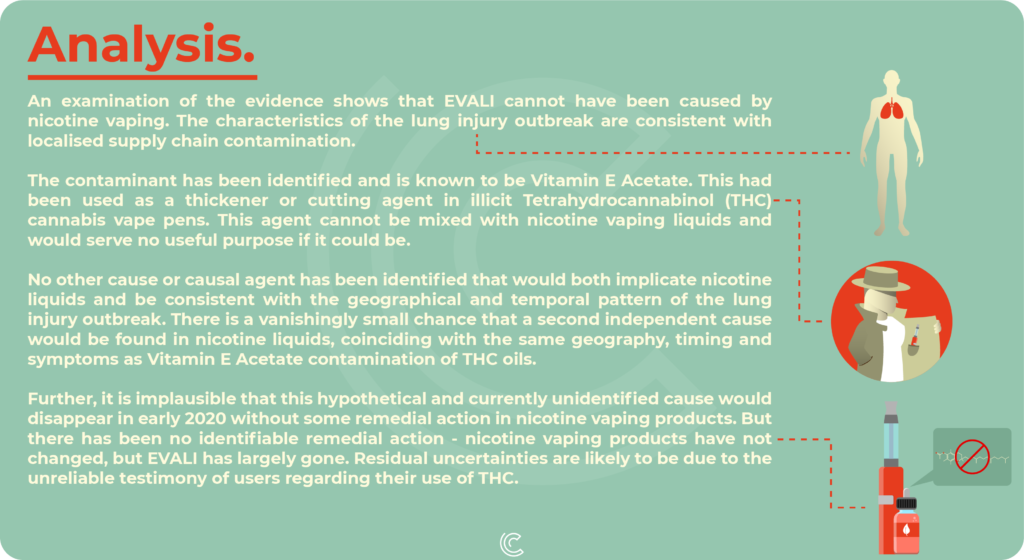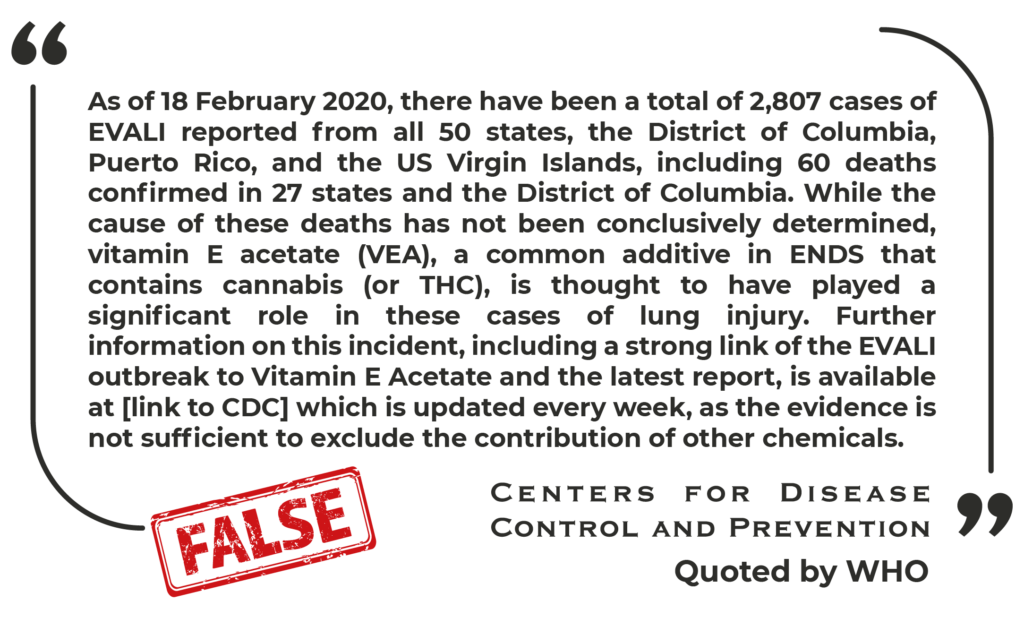Generasi Penamat dan cabaran penyeludupan rokok
PETALING JAYA: Pelbagai kempen bagi membantu mengatasi tabiat merokok telah dilaksanakan Kementerian Kesihatan sejak dahulu, namun dilihat tidak efektif dan gagal mencapai sasaran.
Buktinya dapat dilihat berdasarkan Tinjauan Kesihatan dan Morbiditi Kebangsaan (NHMS) 2019 yang menunjukkan bilangan perokok di Malaysia terus meningkat kepada 4.8 juta orang pada 2021 berbanding 4.7 juta pada 2011.
Malah, kekerapan merokok di negara ini berada pada tahap yang tinggi iaitu sebanyak 21.3 peratus.
Justeru, bagi menangani tabiat itu, Kabinet baru-baru ini meluluskan Rang Undang-Undang (RUU) kawalan tembakau dan merokok yang melarang aktiviti merokok dan pemilikan sebarang produk berkaitan rokok termasuk jenis elektronik bagi generasi muda yang lahir selepas 2007.
Polisi dikenali sebagai Generational End Game (Generasi Penamat) itu telah dibentang di Parlimen.
Namun, langkah drastik yang diambil itu mencetuskan seribu satu persoalan sehingga mendapat reaksi pelbagai pihak mengenai keberkesanannya dan kebolehlaksanaan terutama dalam beberapa situasi terkini negara ini.
Read the full text here



